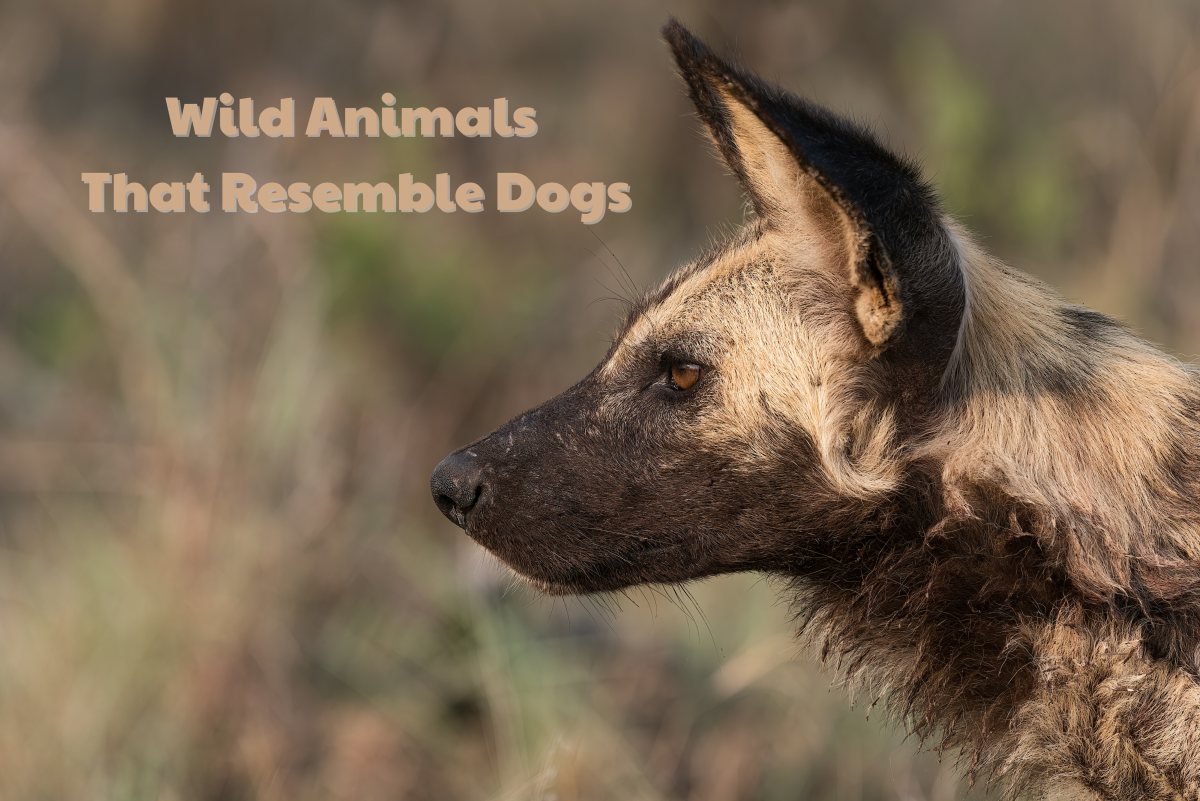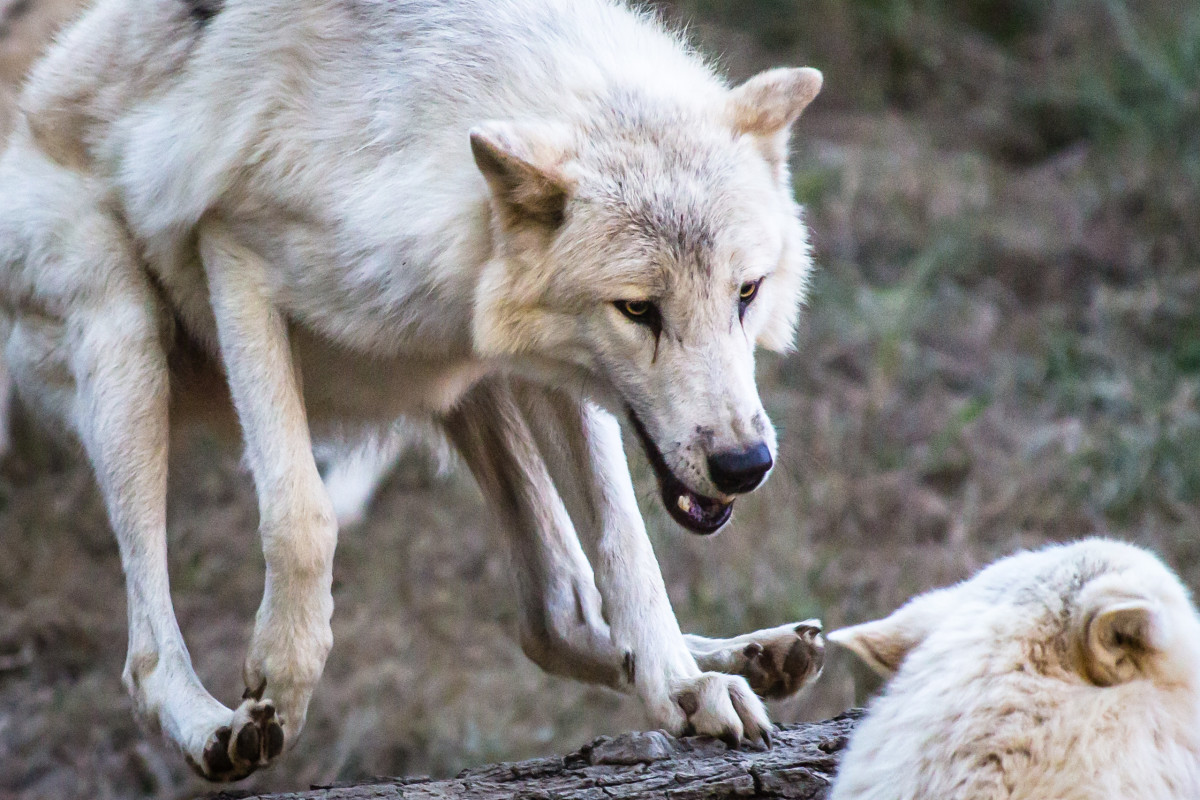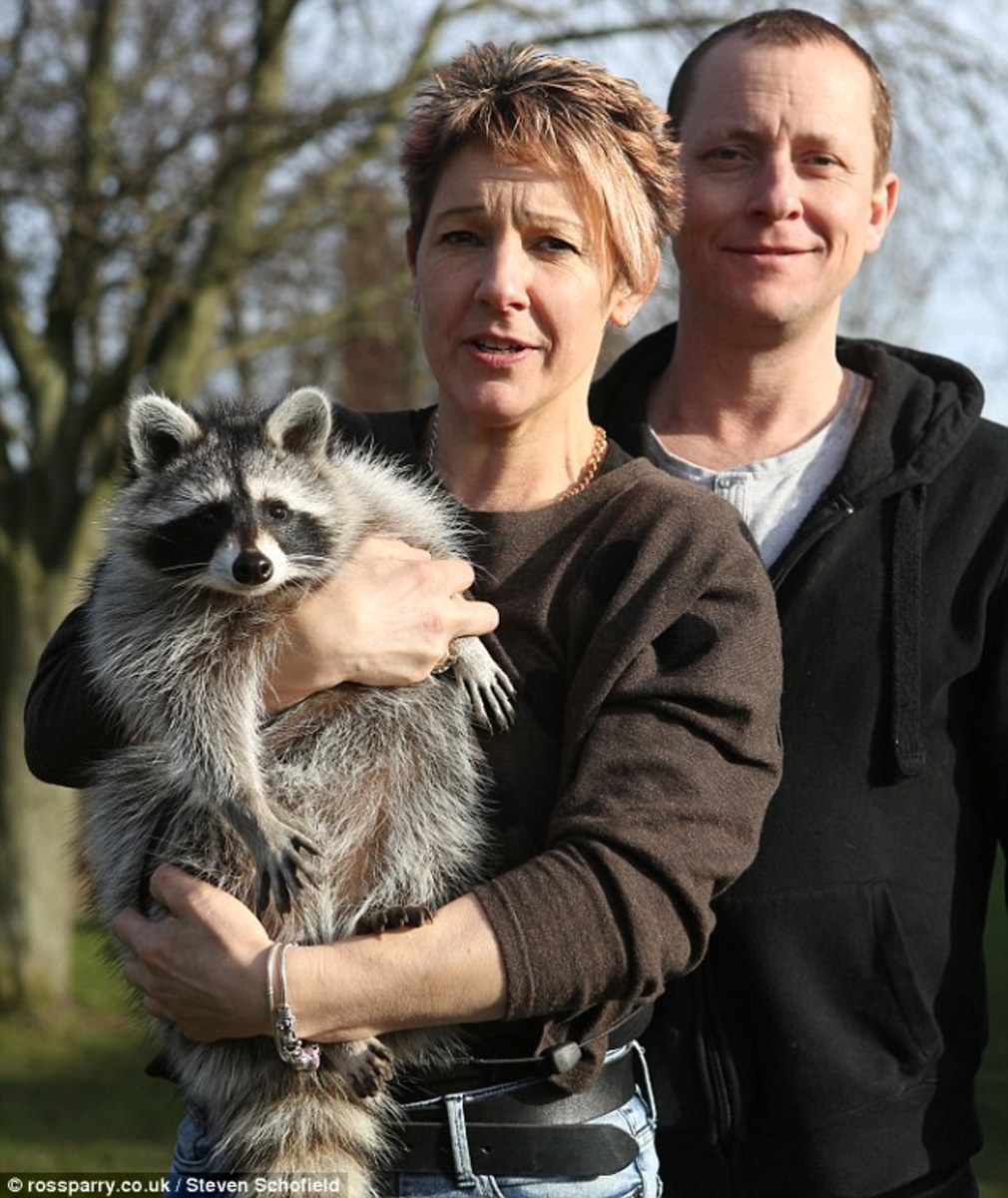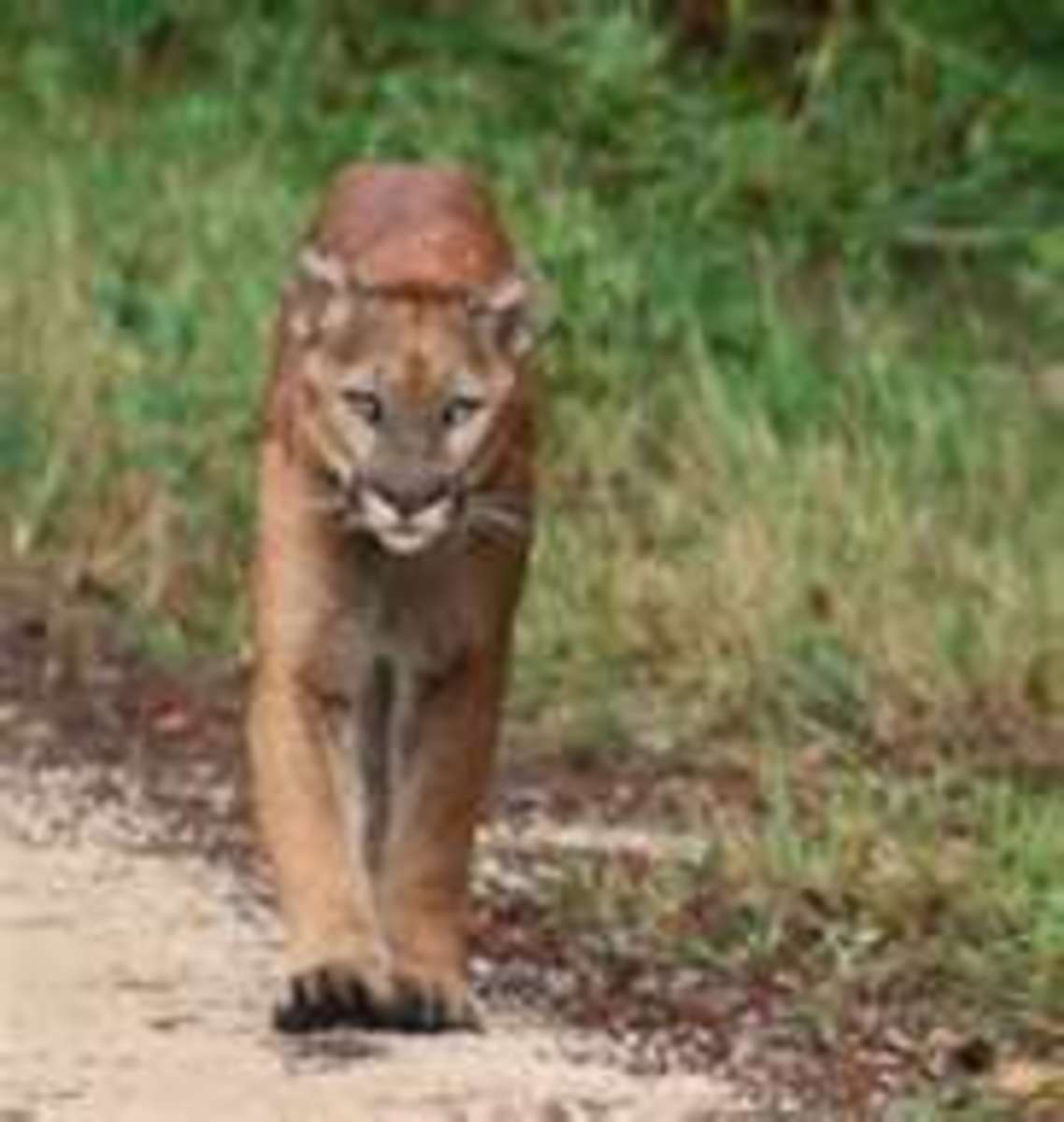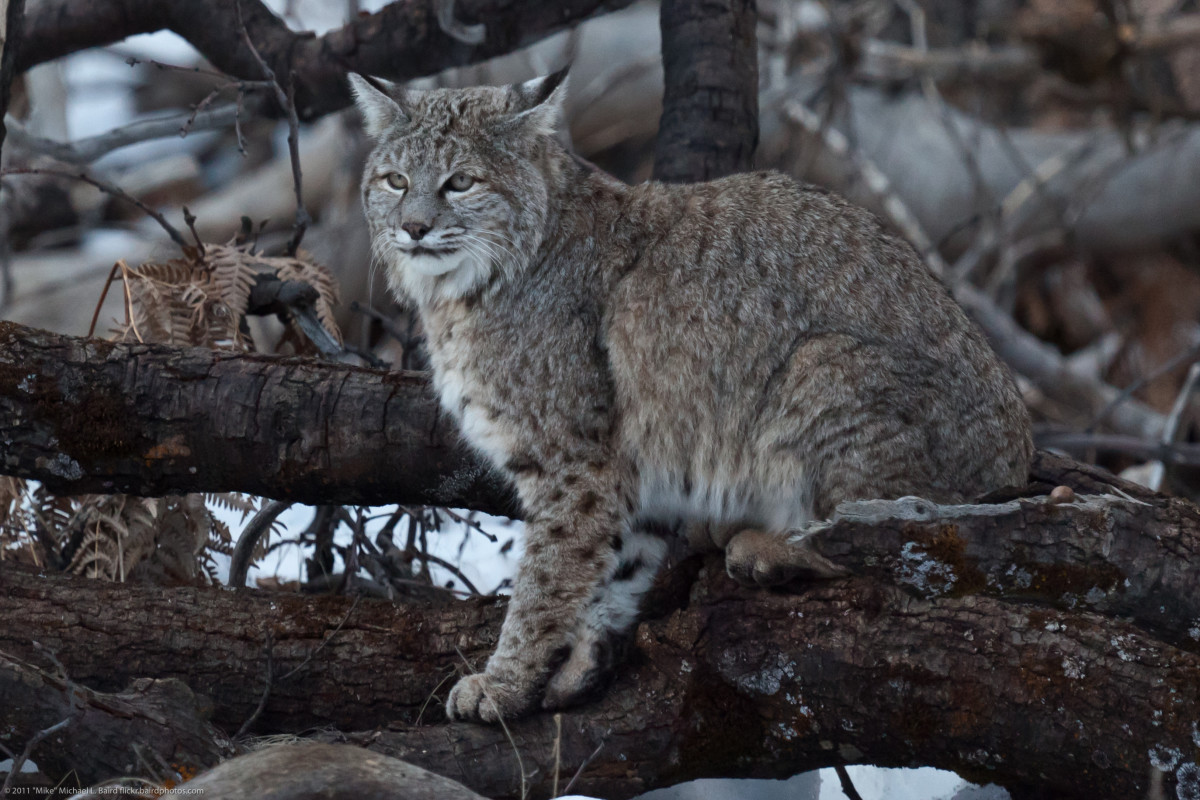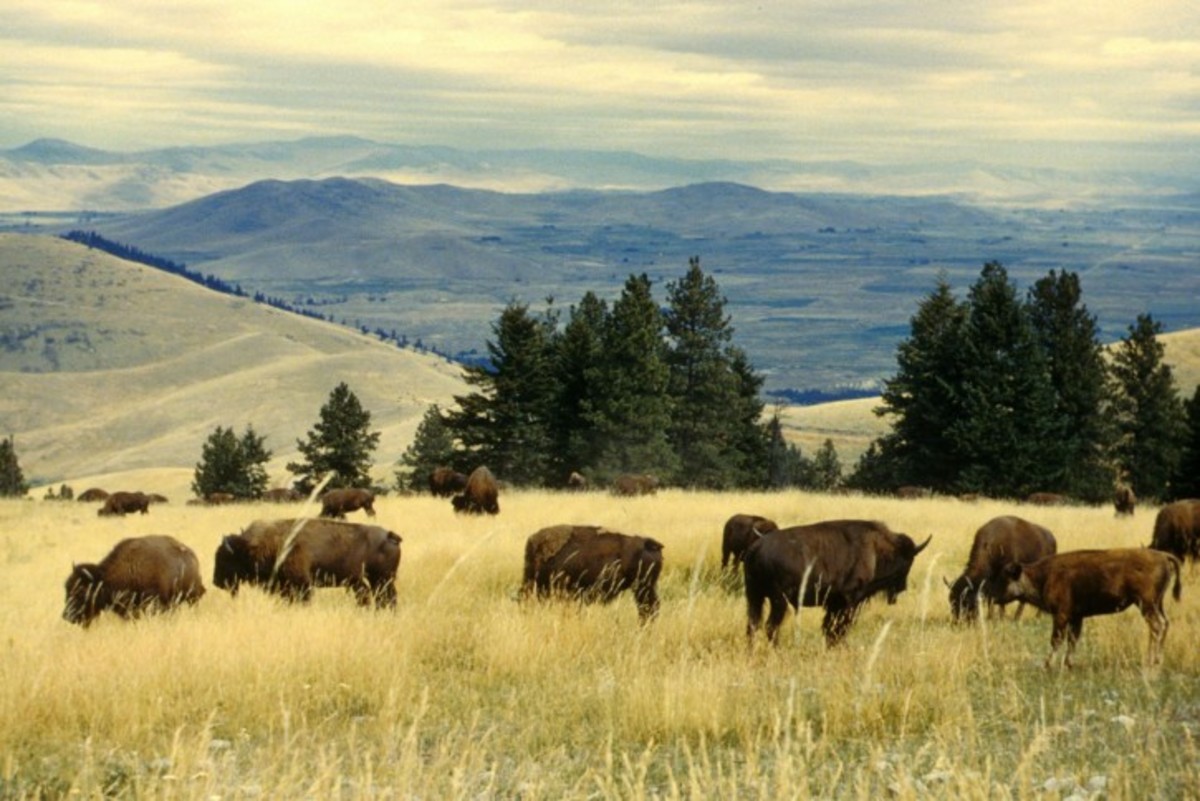When Wild Animals Attack
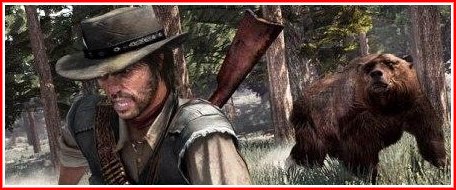

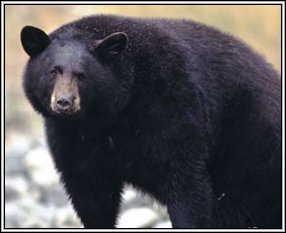
Each year hundreds of interactions between people and black bears occur with no injuries. However, that appears to be changing. Along with human population growth, so do the number of serious attacks by black bears and other wild animals. According to recent studies fatal black bear attacks have risen in the last half century, most occurring in Canada and Alaska…about 85 percent occurring since the 1960’s. And contrary to the popular view of deaths caused by a mother bear protecting her cubs, about 90 percent were committed by predatory lone male bears. Still, never get between a mother bear and her cubs.
Fatal attacks don’t usually involve bears accustomed to humans encroaching on their habitat, although it does happen. And those that have killed people are apt to do so again. Remember bears are short tempered and should be taken as a serious threat. Any animal is likely to attack if they think they are cornered, so, always leave them a way out.

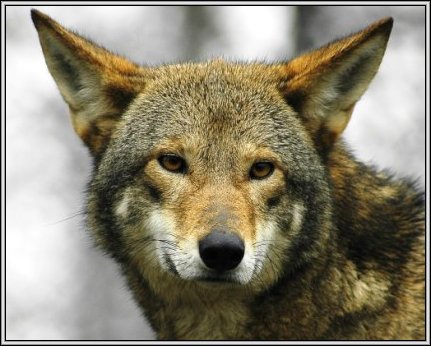
A few tips to remember are:
- While in the wild those traveling in pairs or groups are less likely to face an attack than a lone individual.
- Food and garbage attracts bears and may increase chances of an attack by a hungry bear foraging for something to eat.
- Hikers and campers are advised to take along some bear pepper spray and some have found wearing a cowbell works well in alerting animals to their presence. The majority of wildlife creatures will avoid human contact if they know they are around.
Many injuries sustained by humans in the wild are often due to a lack of understanding about wild life. Most have occurred by well intentioned persons trying to care for a sick or injured animal. Never take a wild animal home. The proper course of action is to contact the local wildlife agency or park authorities.


Of course there is other wildlife besides bears. There are cougars, moose, large cats, coyotes, wolves, snakes etc. Precautions for each may have a different approach, however there are some common rules everyone should observe.
- Keep campsites clean from garbage and store food out of reach. Some throw a rope over a limb, put the food in a secure container and pull it up out of reach. Another good place is the car trunk. Obviously, never keep food in the tent.
- Never approach or feed a bear
- Never make direct eye contact as it might be taken as a threat.
- Make lots of noise
- Never run or try to climb a tree, black bears can run and climb faster than people.
- Black bears might retreat if challenged, but if they do attack drop to the ground and become as small as possible by rolling into a ball and clasp both hands behind the back of the neck and remain still. Backpacks should be left on as added protection.
- Be alert for bear tracks and freshly killed animals and if a musky strong odor can be smelled, leave the area cautiously.
- Avoid streams during salmon spawning
- Be extra careful around berry patches and bushy areas.
- Never go near a freshly killed animal carcass. A nearby bear may attack trying to guard their meal.
- If a bear is confronted back away slowly, don’t run. Bears may associate running with fleeing game.
- Never approach or attempt to pet any wild animal.
- If accompanied by a dog, keep it near. A dog can see, smell and hear things long before people can.


In the case of snake encounters there are some rules that have changed over the last few decades. Like many animals, snakes will avoid humans if they have a choice. Making noise will convince most to get out of the way. Most snake bites occur when a person places a limb near a cornered snake. Although less than 10 percent of snakes are poisonous, if bitten most physicians suggest:
- Don't let the injured person drink any alcohol
- Cut the wound in any manner
- Suck the poison out
- Use a tourniquet
- Use ice on the injured area
However, for any injury do:
- Wash and clean the bite with soap and water, then disinfect it
- Immobilize the wound
- Treat for shock
- Seek medical attention, since there is always a possibility of rabies or infection


